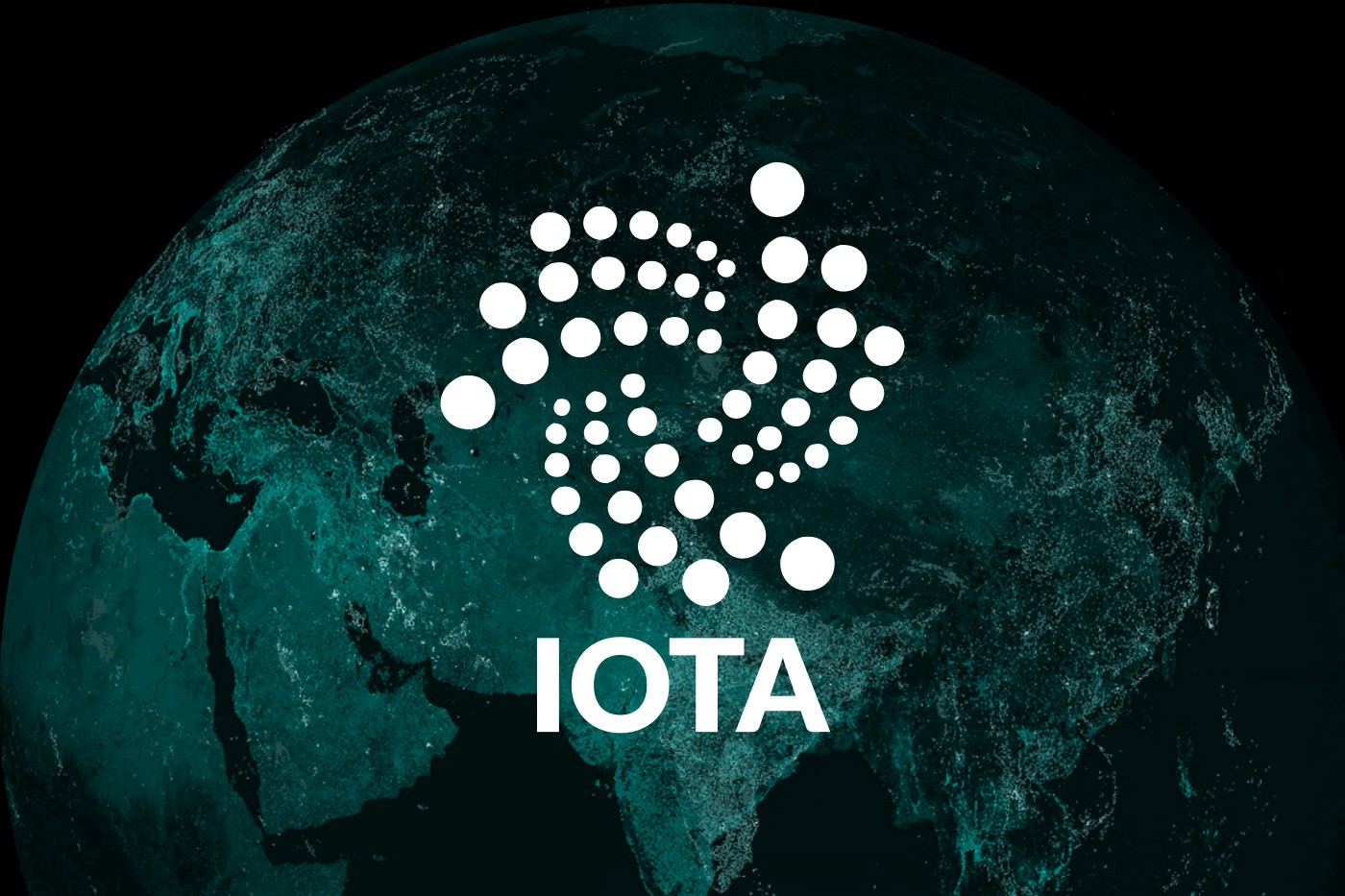
Coinposters
Understanding IOTA (MIOTA): The Internet of Everything

IOTA is a decentralized distributed ledger designed expressly for the “Internet of Everything,” a new form of network that allows humans and machines to exchange value and data. IOTA does not use blockchain in the same way that most other projects do – at least not in the same way that most other projects do. IOTA has a vision for a new sort of blockchain and set out to create Tangle, its own system of validator nodes. MIOTA is the IOTA network’s native coin.
Do you want to learn more about IOTA but aren’t sure where to start? There is no need to be concerned.
IOTA is a decentralized distributed ledger designed expressly for the “Internet of Everything,” a new form of network that allows humans and machines to exchange value and data. IOTA does not use blockchain in the same way that most other projects do – at least not in the same way that most other projects do. IOTA has a vision for a new sort of blockchain and set out to create Tangle, its own system of validator nodes. MIOTA is the IOTA network’s native coin.
Do you want to learn more about IOTA but aren’t sure where to start? There is no need to be concerned. This guide is all you need. Read on further.
What is IOTA?
IOTA (MIOTA) is a cryptocurrency that is unlike any other. IOTA, unlike its competitors, does not use blockchain technology to do its functions. The platform instead relies on a variety of Internet-of-Things (IoT) applications. As a result, this platform has unrivaled scalability and limitless use cases.
Sergey Ivancheglo, Serguei Popov, David Sønstebø, and Dominik Schiener, the project’s co-founders, didn’t intend to host a cryptocurrency or even a decentralized network at first. Instead, IOTA began as a manufacturer of IoT hardware chips. Within the Internet-of-Things (IoT) environment, these systems could record and perform transactions between machines and devices.
After seeing the possibilities of an IoT network, the company shifted its focus to the technology’s decentralized network elements. IOTA allows developers to go further into use case scenarios and various IoT functionalities and interfaces. As a result, IOTA is critical to the further acceptance of this breakthrough technology.
History
The idea was announced in an online bitcoin forum in October 2015, with a post announcing a token sale. IOTA has its origins in the Jinn project. The goal of that initiative was to create ternary hardware, or low-cost, energy-efficient hardware, especially general-purpose processors, for use in the IoT ecosystem. In September 2014, Jinn performed a token crowd sale. During the crowd sale, around 100,000 tokens were sold, bringing in a total of $250,000.
The Jinn tokens quickly found themselves in hot water due to their marketing as profit-sharing tokens, which may be construed as security tokens. Initial coin offerings (ICOs) were still gaining pace at the time, and their regulatory position was unclear. Jinn was rebranded as IOTA in 2015, and a new token sale was performed. This time, the tokens were sold as utility tokens. In the new arrangement, Jinn token holders could trade their tokens for equivalent. According to David Sønstebø, the Jinn project spawned IOTA, thus it’s only natural to start with IOTA and then go on to Jinn.
IOTA’s genesis transaction was an address with a balance of all MIOTA, its coin, that will ever be mined. However, according to sources, a snapshot of the genesis transaction has yet to be discovered online. Other “founder” addresses were given these tokens. The total number of MIOTAs that will exist is estimated to be 27 quadrillion. The total amount of MIOTAs, according to IOTA’s inventors, nicely fits in with the maximum possible integer value in JavaScript, a computer language. During the 2016-2017 bull market, mIOTA hit a peak valuation of $14.5 billion just three months after its introduction on cryptocurrency markets. Its value, like that of most other cryptocurrencies, plummeted later.
How it Works
Unlike other blockchain-based cryptocurrencies, the network has suggested a new data structure called Tangle. In a unique way, this type of structure stores and handles numeric representations. It enables the IOTA network to solve Bitcoin’s scalability problem by removing the topographical barriers and constraints associated with “conventional” blockchain.
IOTA tokens are pre-mined, similar to XRP, and transactions are verified using Tangle, a Decentralized Acyclic Graph (DAG). DAGs are a brand-new mathematical construct with a lot of potential when applied to existing blockchain technology. While several other blockchains can be termed DAGs, they lack the parallel architecture that IOTA does.
Unlike previous blockchains, IOTA’s Tangle network transactions can be processed in parallel, rather than in a sequential fashion with unconfirmed transactions being queued. Furthermore, IOTA is constructed in such a way that as Tangle grows in number of nodes, the network becomes more efficient and secure.
Tangle does not require full node miners, making IOTA’s system cheaper, more efficient, and less power-hungry than traditional blockchain-based systems.
What Makes it Unique
IOTA is a project that has become synonymous with the term “unique,” as evidenced by its reinvented blockchain technology Tangle. IOTA’s value proposition and business plan are vastly different from those of other blockchain-based cryptocurrencies, earning it both praise and scorn.
Conclusion
IOTA has a wide range of future applications since it allows machines to securely and scalably exchange data.
One conceivable path is to assist machines in using blockchain on their own. In Europe, one proposal in development allows smart cars to pay for parking and electronic charging on their own. Humans are no longer required to complete the transaction.
The IOTA foundation is collaborating with city planners and energy firms to figure out how to leverage this new network to improve network efficiency and speed.
Latest
Altcoins
09 May 2024
Altcoins
19 Apr 2024
Altcoins
16 Jan 2024
Altcoins
31 Aug 2023
Altcoins
24 Jun 2023
Altcoins
24 Jun 2023













